
Research in Translation

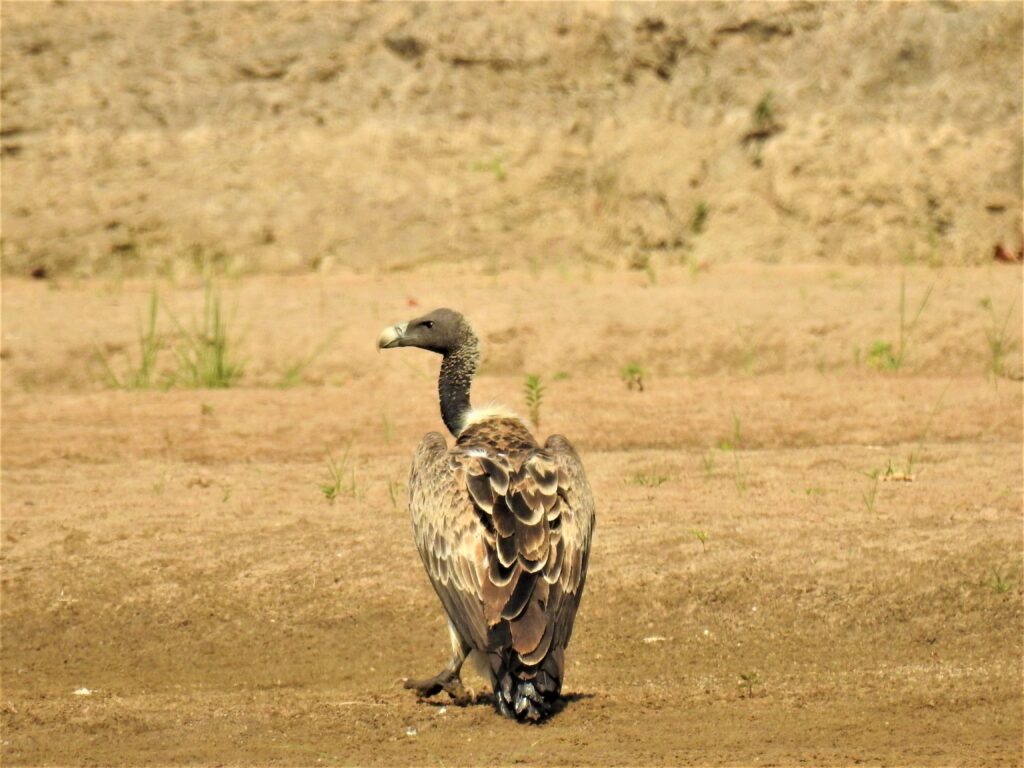
An emerging crisis for Indian vultures

not all jaguar movements are created equal

why inland fisheries matter for social justice

Lost in Translation: How Language Barriers Are Holding Back Global Science

The Silent Impact: How Roads Are Eroding Europe’s Food Webs

Lionfish on the Loose: The Mediterranean’s New Unwelcome Guests

Unlikely Allies: Wild Boars as Ecosystem Engineers for Endangered Butterflies
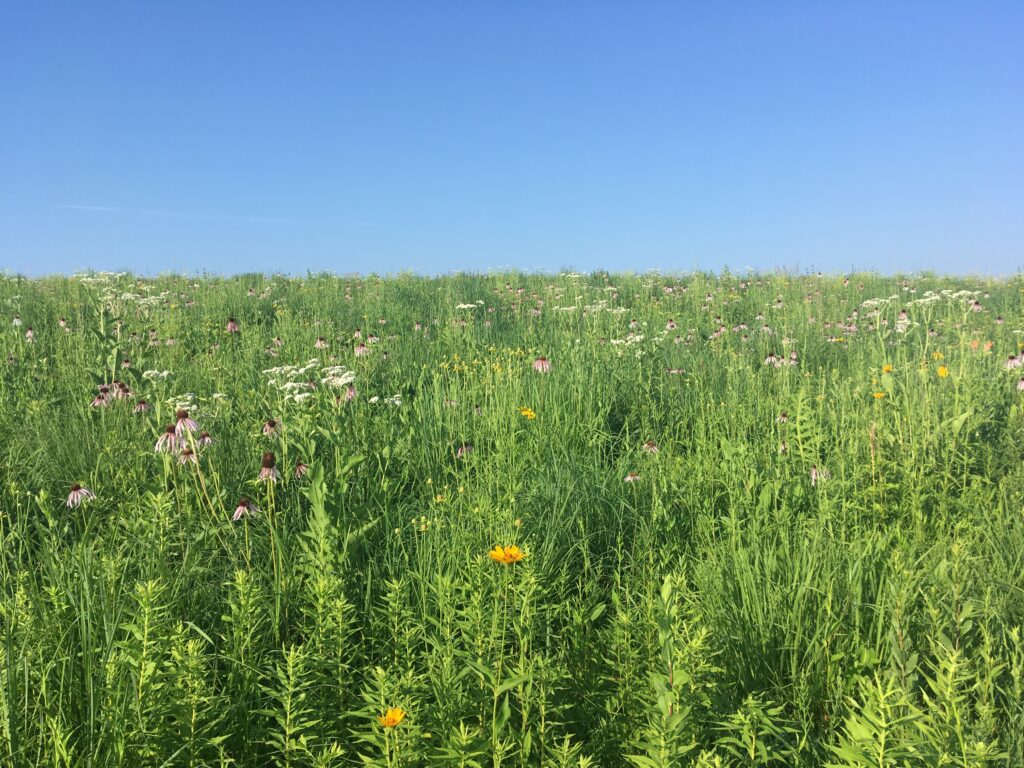
Getting into the weeds: how to manage our grasslands under climate change
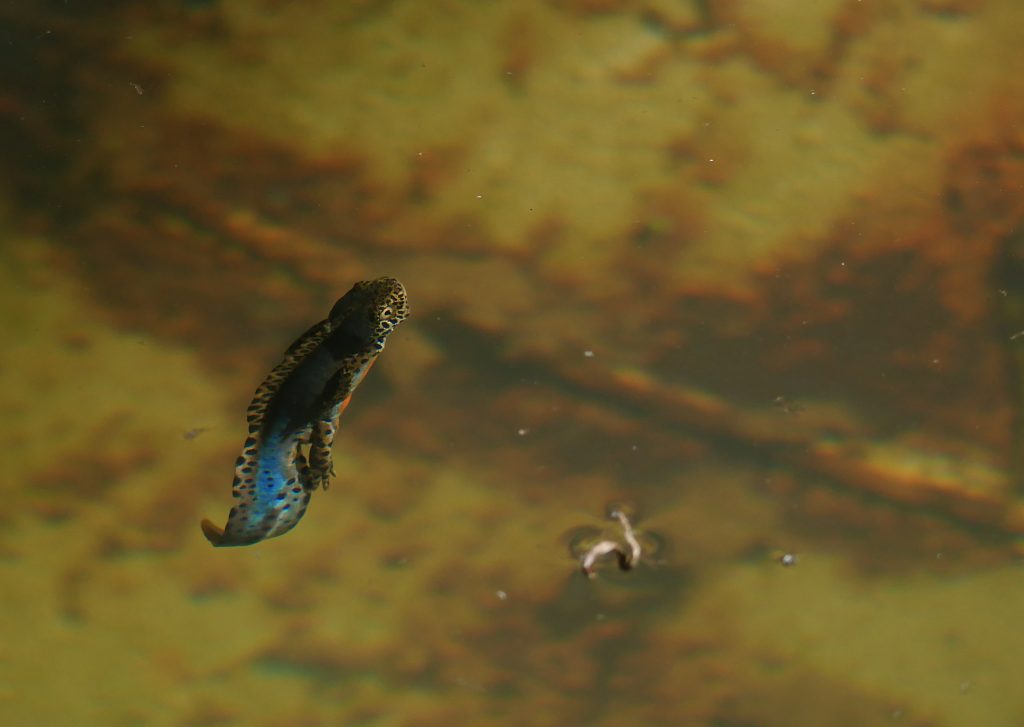
Amphibians and Changing Environments: A Race Against Habitat Loss
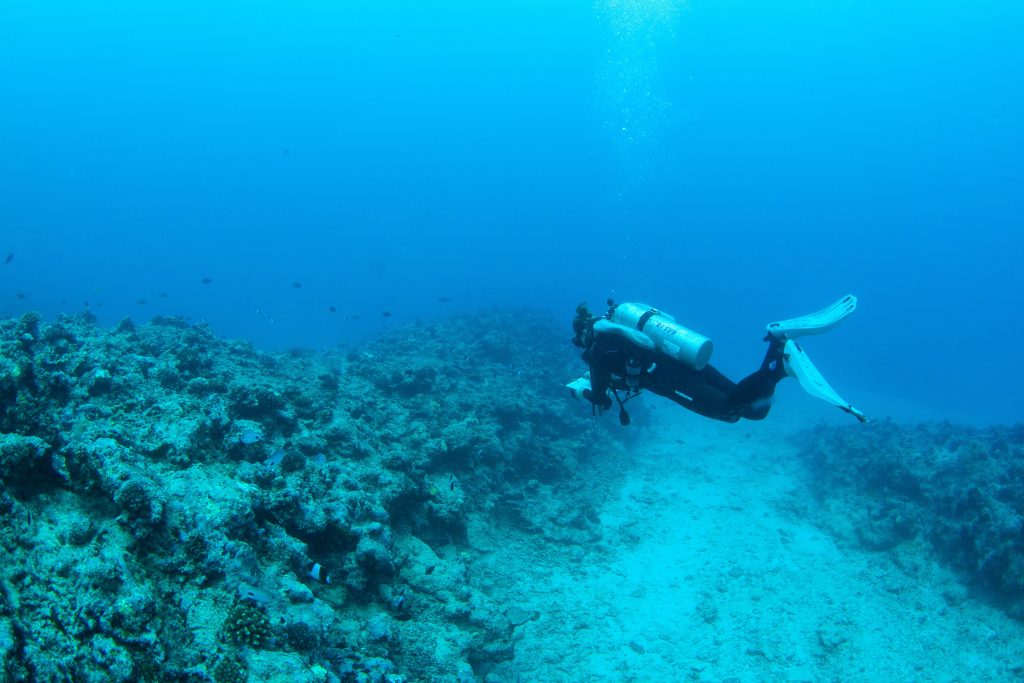
Harnessing the power of data to safeguard ecosystems
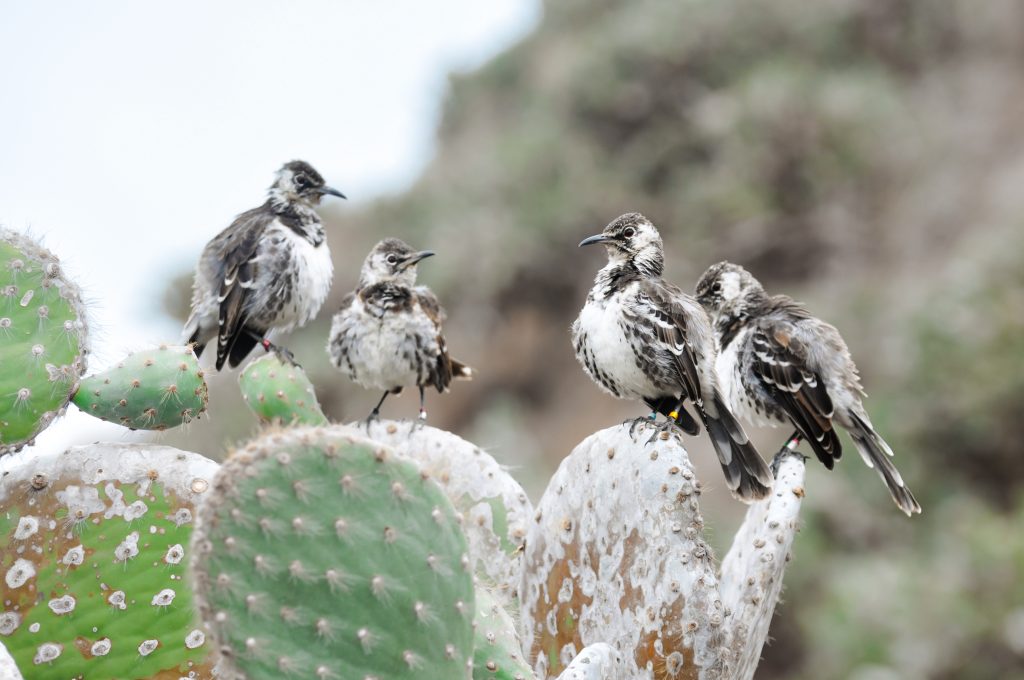
Drifting apart: Culture divergence as a result of local extinctions in the Galápagos
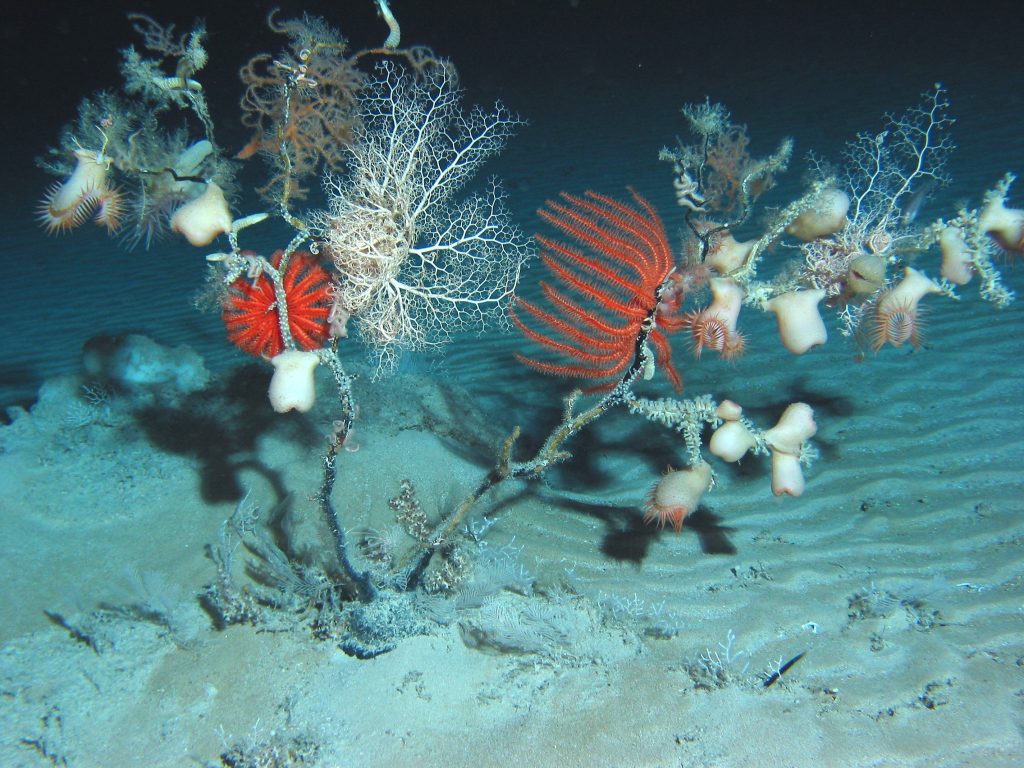
Mysteries of the deep sea captured by the mouth of a sponge
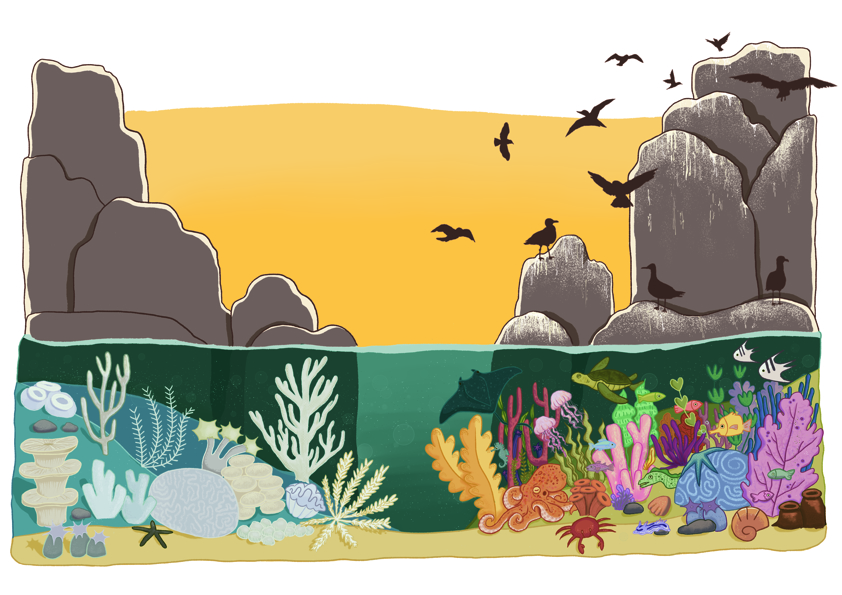
Seabirds are nutrient factories for coral reefs
Story is available in

Restoration is expensive, but technology can help
Story is available in
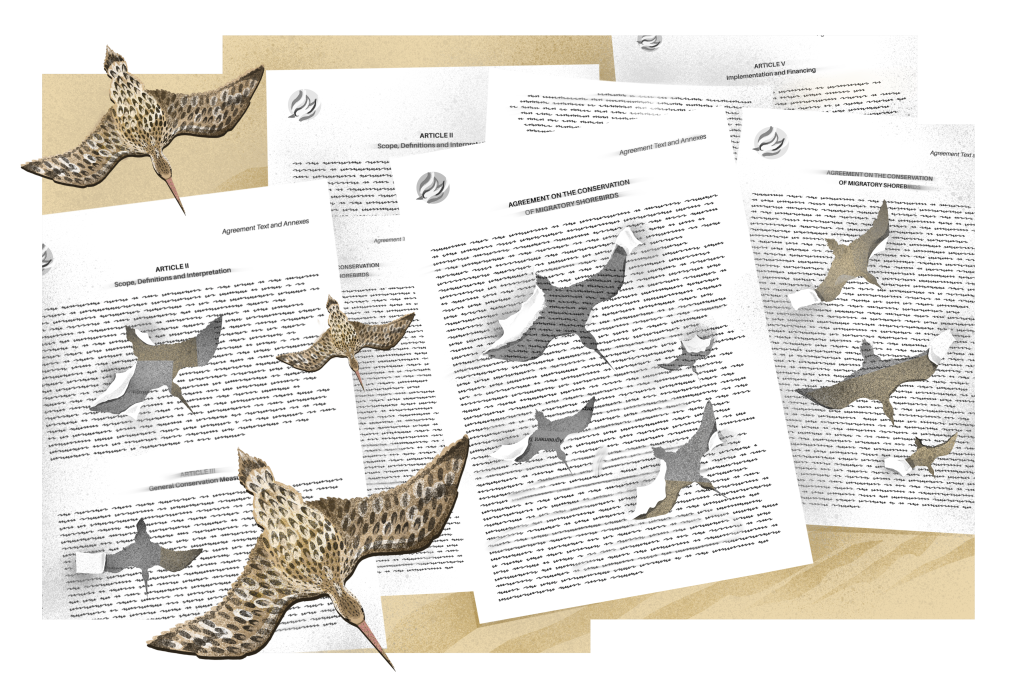
Are international conservation agreements for migratory shorebirds effective?
Story is available in
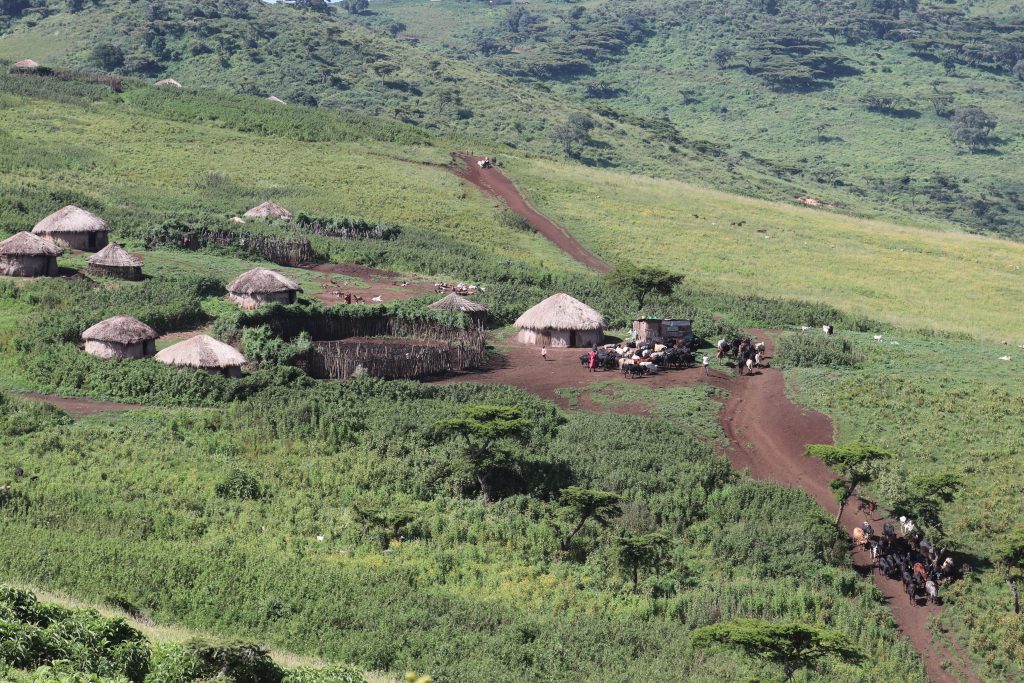
How can researchers best support local conservation?
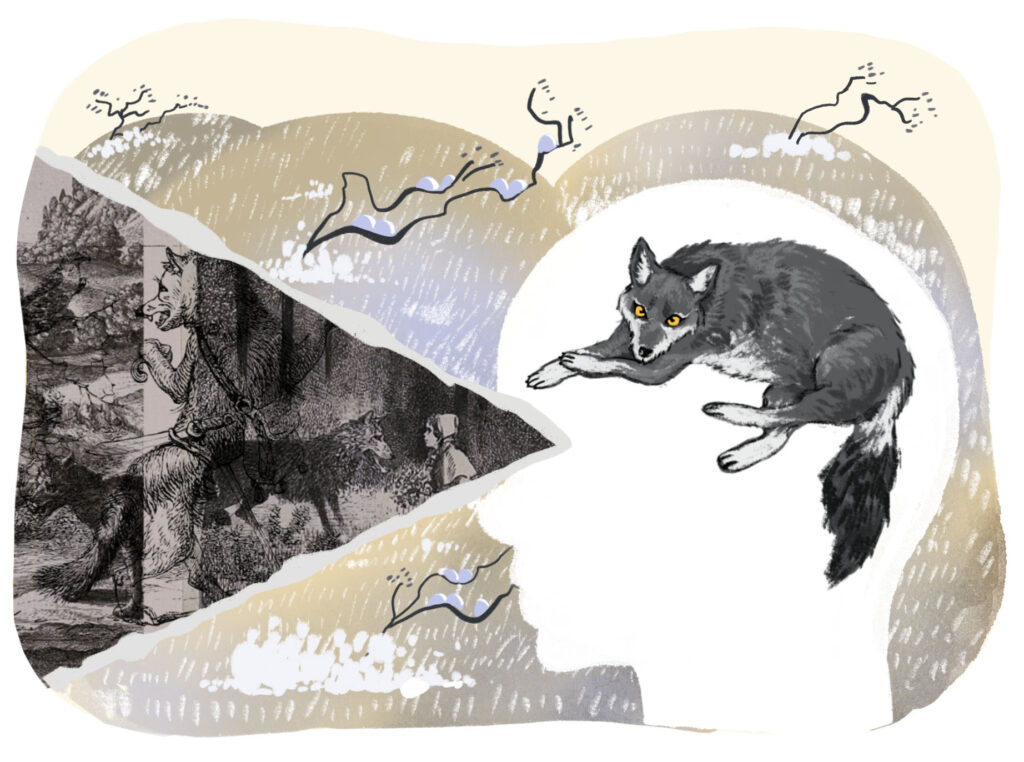
The role of our subconscious in wolf-human coexistence
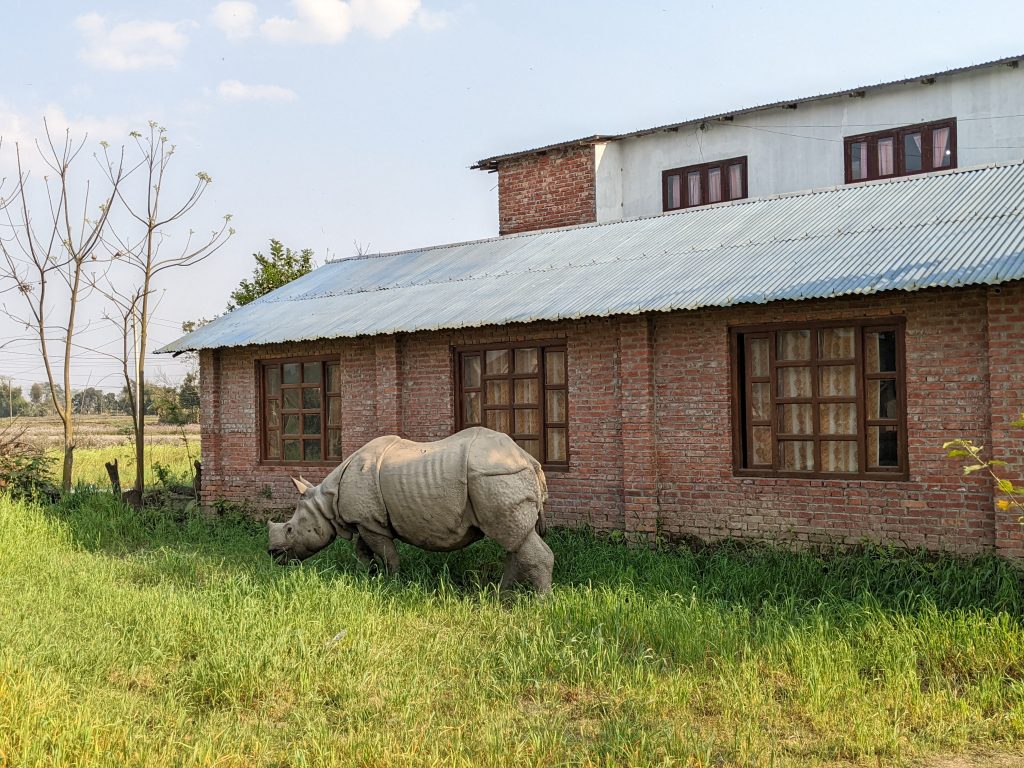
Can community voices shape human-wildlife conflict management?
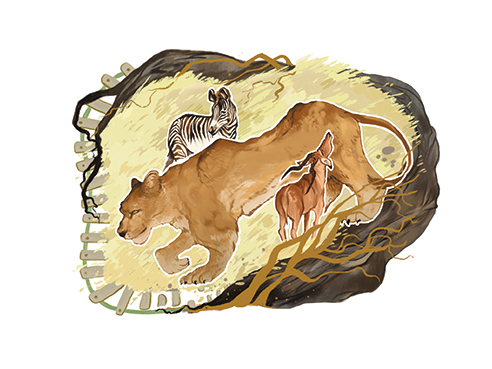
What’s on the menu for Tsavo lions, and what does it mean for the conservation of their prey?
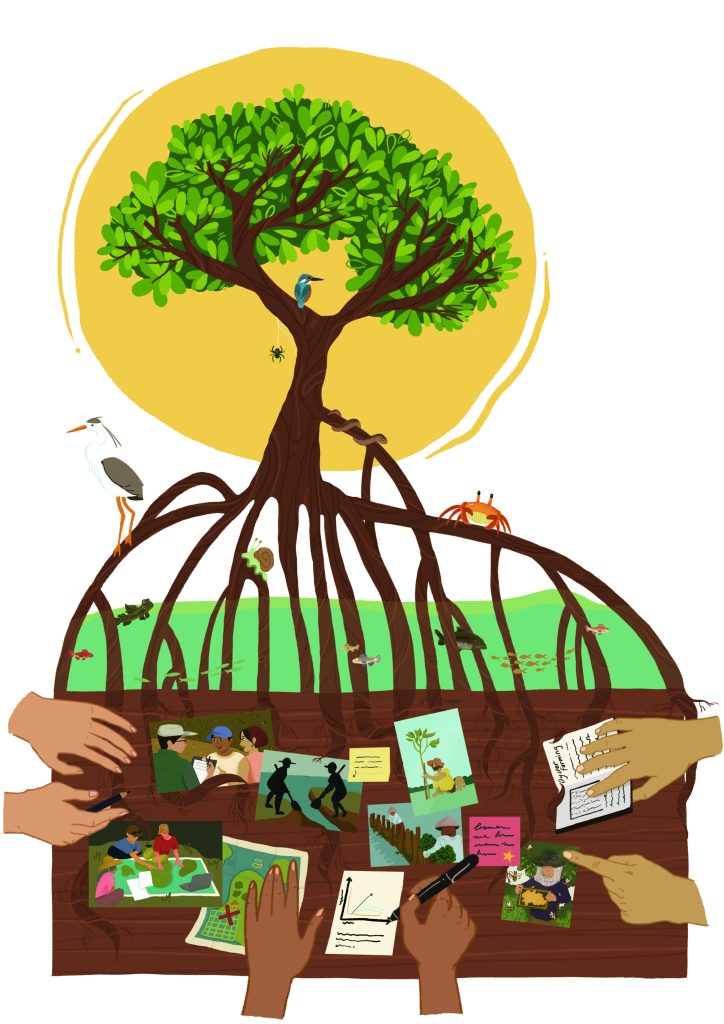
A Recipe for Successful Mangrove Restoration
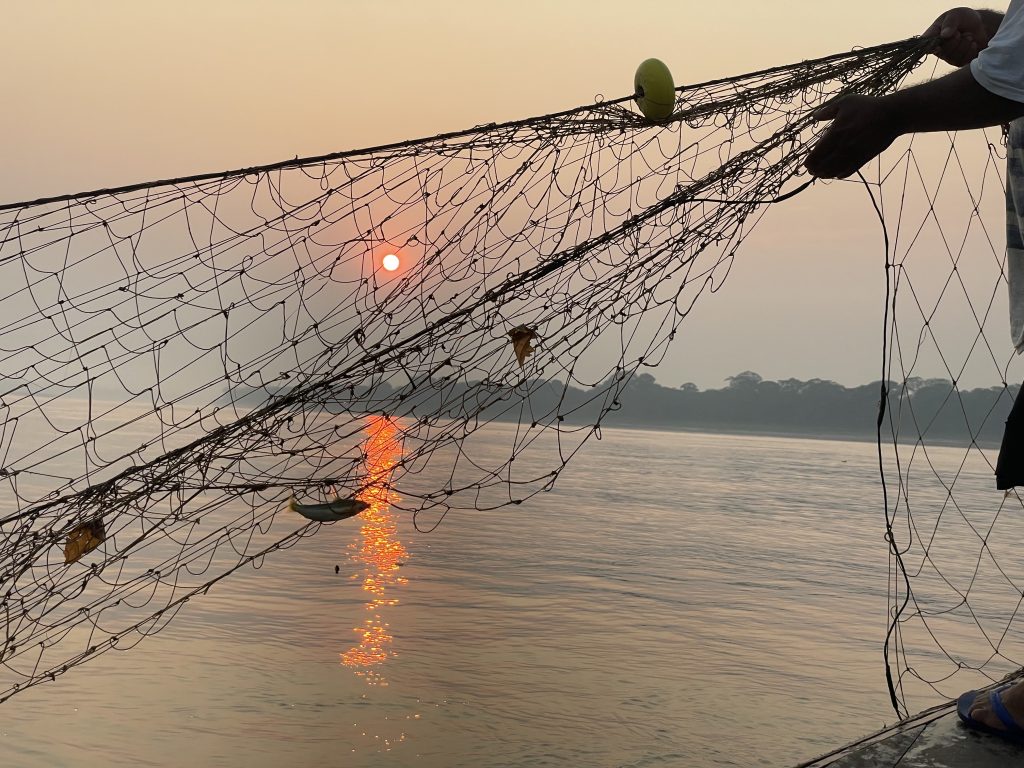
Fishing for evidence: How can machine learning help?
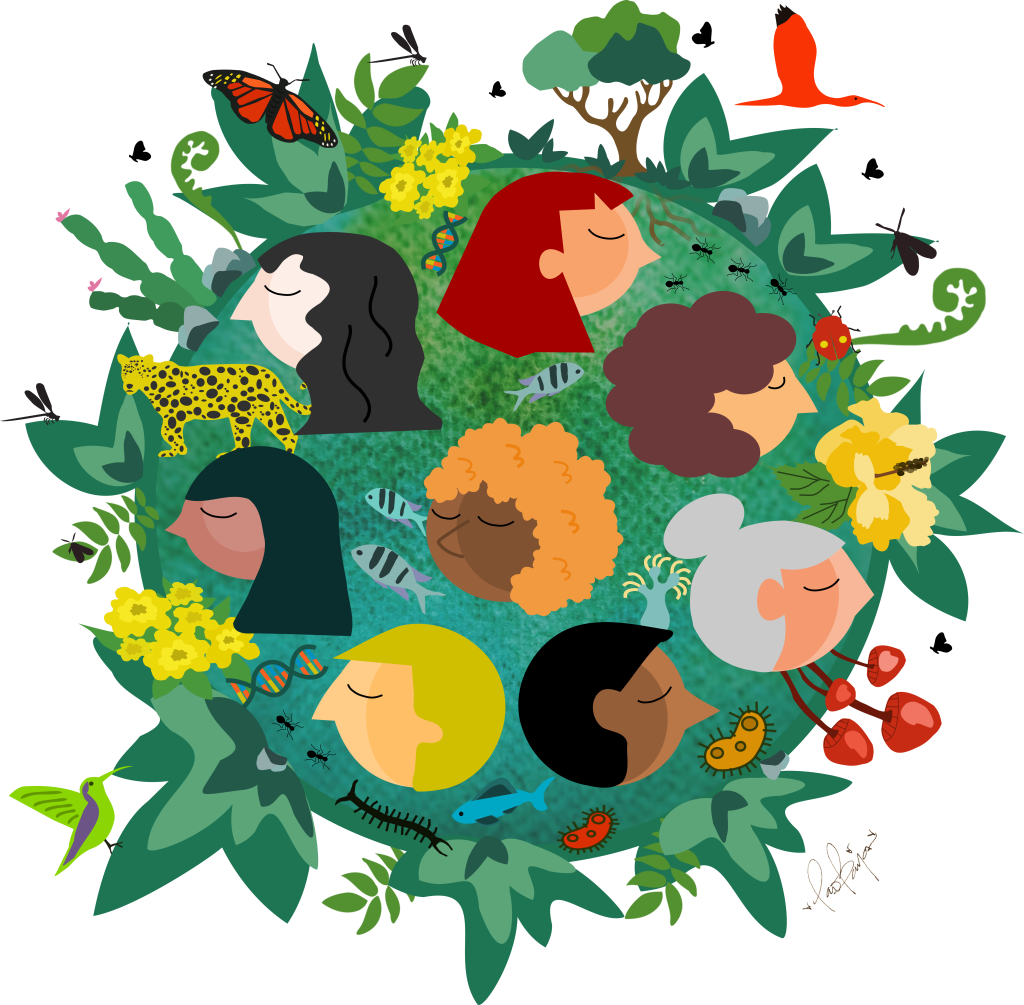
Making biodiversity research more diverse and inclusive
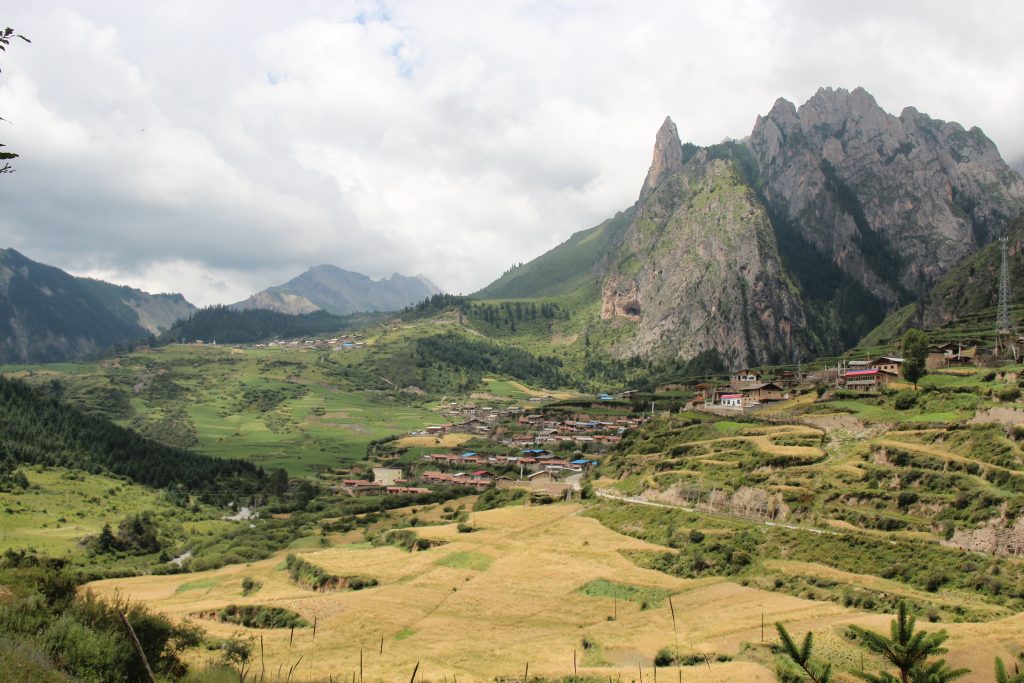
Managing cropland fragmentation for environmental and economic benefits in China
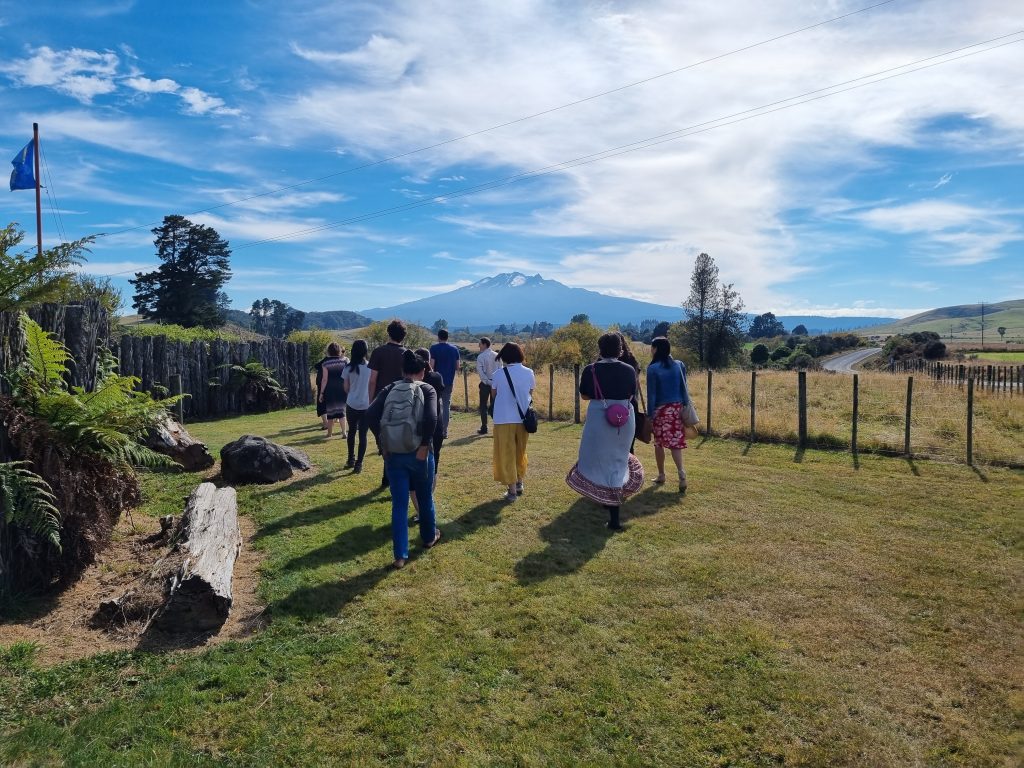
Me ora te Ngāhere: Visioning forest health through an Indigenous biocultural lens

How African penguins recognise each other
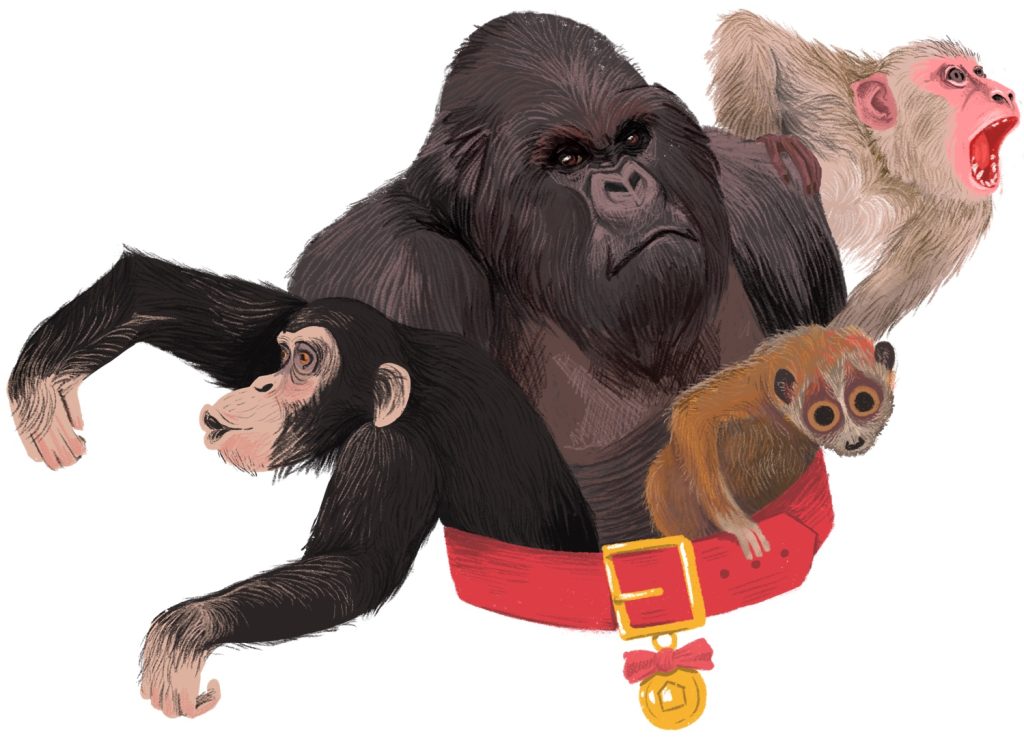
Stop! Don’t post that wildlife selfie
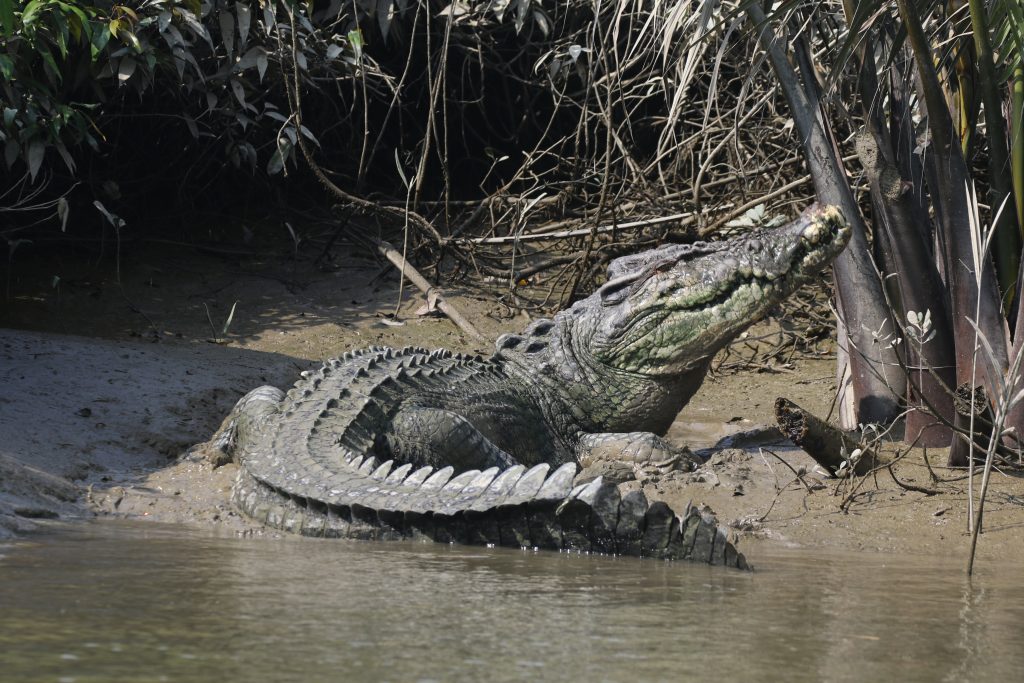
Focusing on saltwater crocodile habitats and connectivity to safeguard Myanmar’s coastal biodiversity
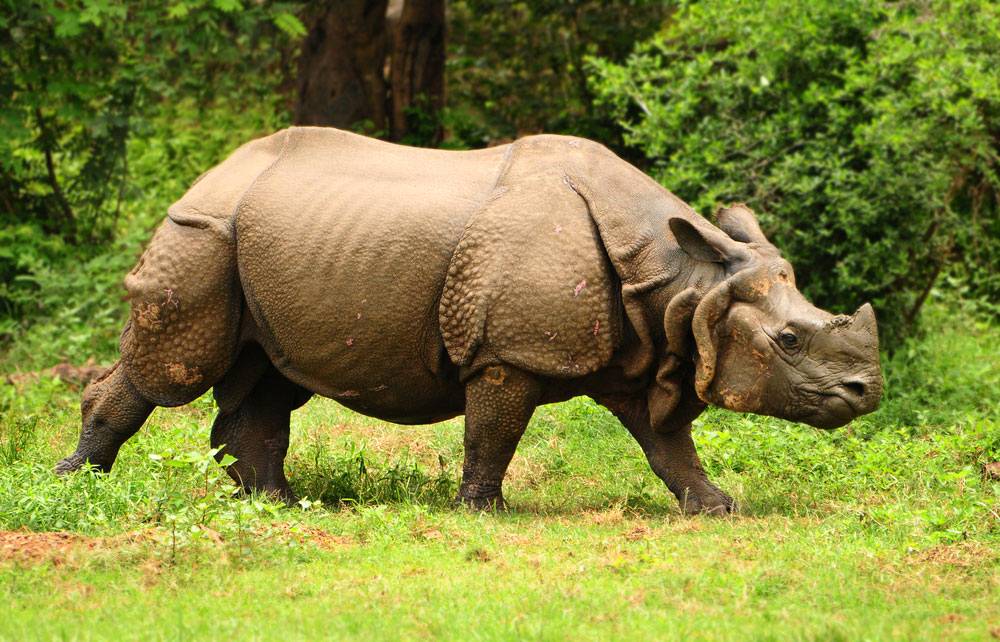
The Unicorn Crisis
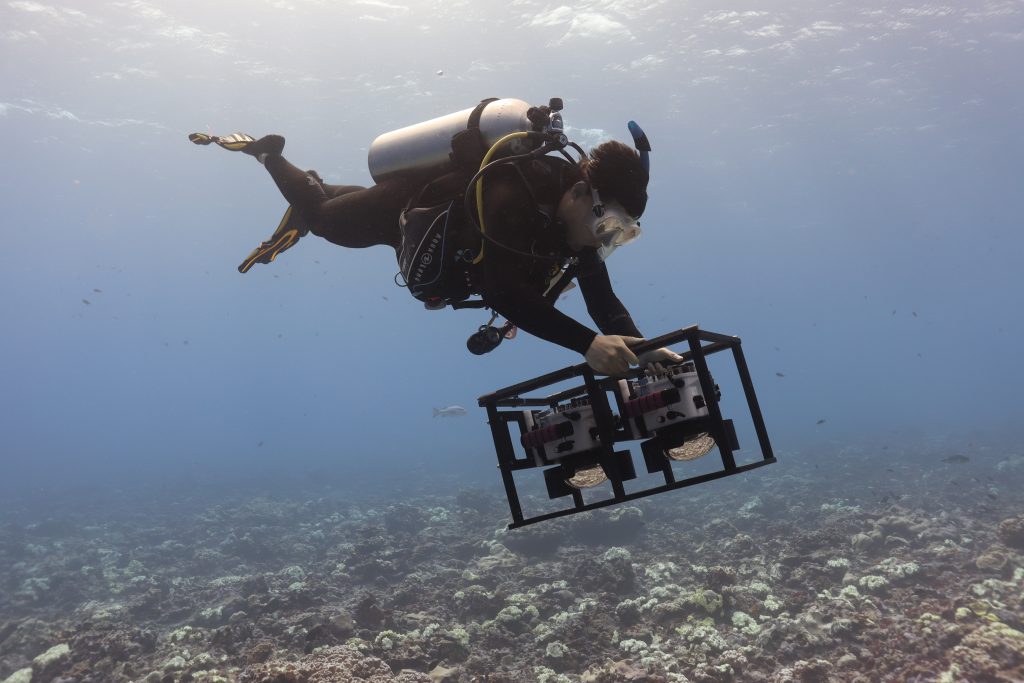
How can we make new conservation technology more accessible?
donate
Conservation is for everyone, and we help you understand it.
Donate